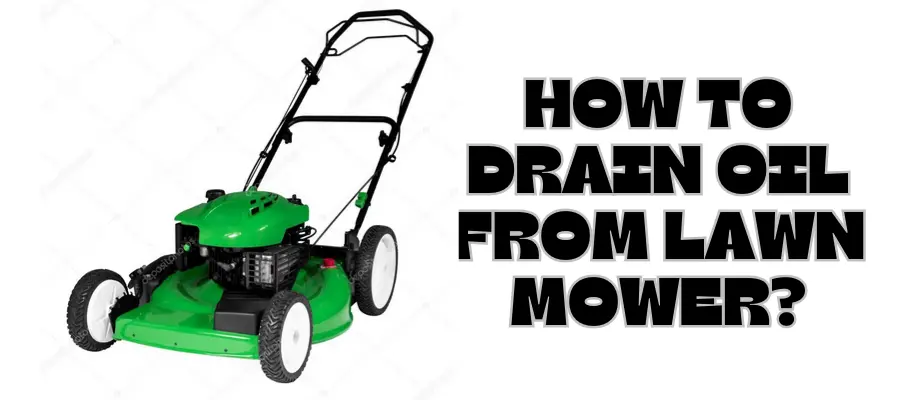How to Drain Oil from Lawn Mower? Taking care of your lawn mower is important to make sure it lasts a long time and works well. One key maintenance task is regularly changing the oil. How often you change the oil in your lawn mower is crucial for its longevity and performance.
This article will show you how to drain oil from a lawn mower in a simple and effective way. Whether you are an experienced gardener or a new homeowner, these easy-to-follow steps and tips will help you keep your lawn mower in great shape for years.
📌Why Draining Oil is Important
Regularly draining and changing the oil in your lawn mower is very important for several reasons:
✔Preventing Engine Damage: Old oil gets dirty with dust, debris, and tiny metal pieces, which can harm the engine.
✔Enhancing Performance: Fresh oil lubricates the engine better, making it run smoothly and use fuel more efficiently.
✔Longevity: Regular oil changes help your mower last longer by reducing wear and tear on the engine parts.
✔Environmental Considerations: Properly disposing of old oil helps protect the environment and follows environmental protection rules.
Choosing the Right Oil for Your Lawnmower
SAE 30 Oil: Ideal for temperatures between 40 to 100 degrees Fahrenheit.
SAE 10W30 Oil: Suitable for 0 to 100 degrees Fahrenheit; can be used in winter and summer but may increase oil consumption above 80 degrees.
SAE 5W30 Oil: Best for temperatures below 40 degrees Fahrenheit; not recommended for lawnmowers.
Synthetic SAE 5W30 Oil: Usable year-round in temperatures from -20 to 120 degrees Fahrenheit; offers better starting and reduced oil consumption at a higher cost.
Synthetic SAE 15W50 Oil: Ideal for high temperatures, from 20 to 130 degrees Fahrenheit; preferred for commercial lawn cutting.
📌Preparation Before Draining the Oil
Before you start the process, gather the necessary tools and materials:
✔Recommended Engine Oil Check your lawn mower’s manual for the specific type and quantity of oil needed.
✔Work Gloves Protect your hands from hot surfaces and oil.
✔Cleaning Cloth Keep your mower clean and handle any spills.
✔Draining Tin Use a suitable container to catch the old oil.
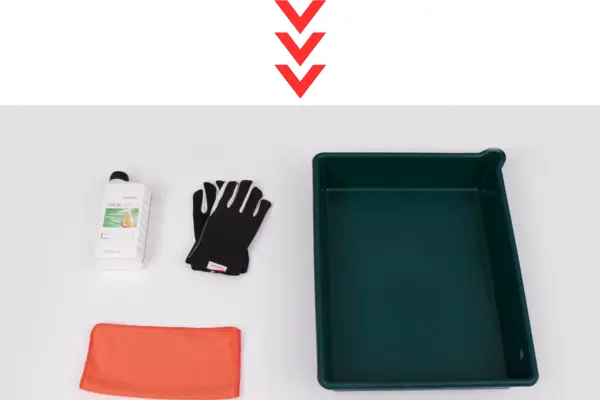
💡Tip
Make sure to drain the old oil when the engine is warm, as warm oil flows more easily and carries away more contaminants.
📌Instructions for Draining Oil
How to Drain Oil from Lawn Mower
✔Prepare the Mower
Ensure the mower is on a flat, stable surface. Allow the engine to cool down completely to avoid burns. Remove the spark plug cap to prevent accidental starts, which could lead to injuries.
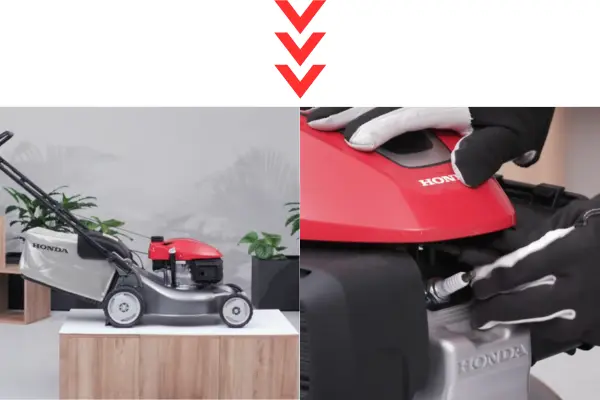
✔Positioning the Mower
Turn off the fuel valve to prevent fuel from leaking. Place the throttle in the stop position to ensure the mower is completely off.
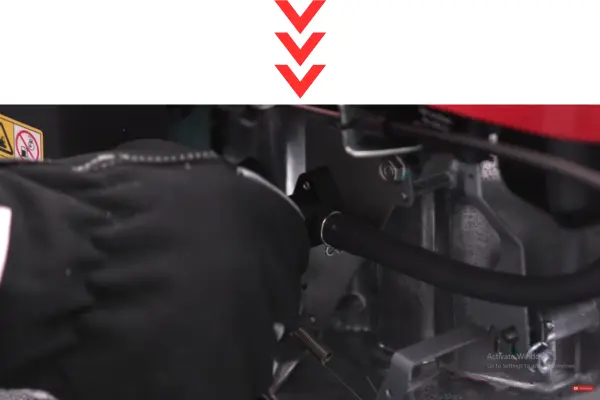
✔Removing the Oil Cap and Dipstick
Locate the oil cap and dipstick, usually found on the side of the engine. Unscrew the cap and remove the dipstick. This step allows air to flow into the oil tank, making it easier for the oil to drain out.
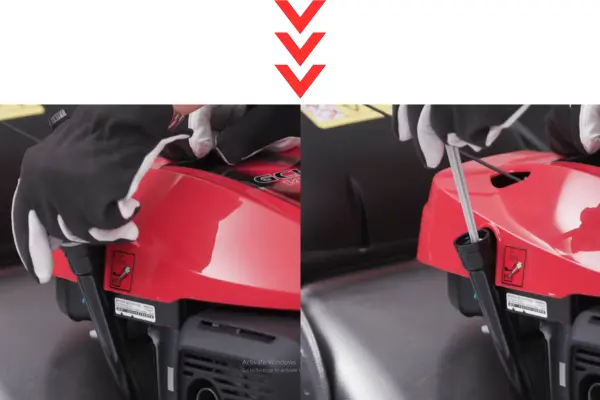
✔Tipping the Mower
Carefully tip the mower onto its side, ensuring the carburetor faces upwards. This prevents oil or fuel from leaking into the carburetor and contaminating the air filter.
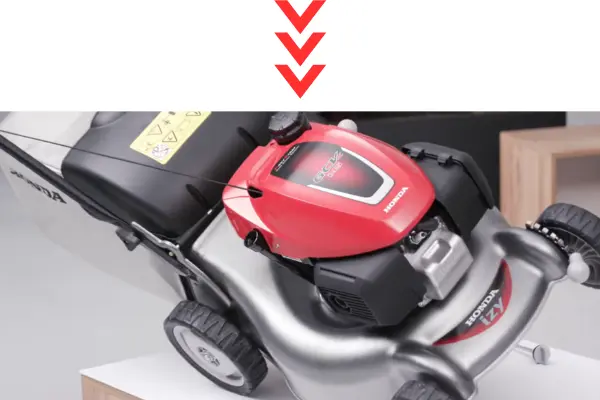
✔Draining the Oil
Position a draining tin underneath the oil drain plug. Slowly remove the plug and let the oil flow into the tin. Be patient as this might take a few minutes. Once the oil has drained completely, replace the drain plug securely.
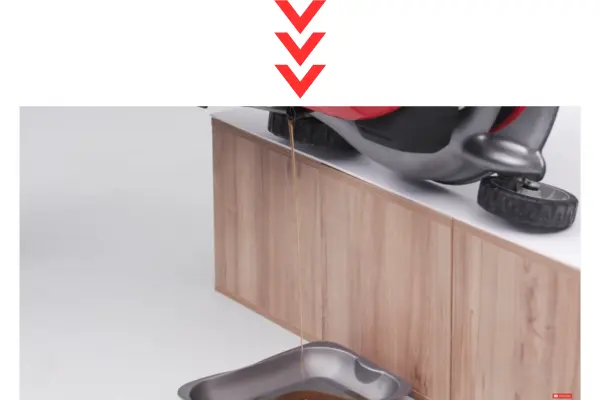
Be sure to properly dispose of the old oil in accordance with local regulations to protect the environment.
Refilling Your Lawn Mower with Oil
✔Selecting the Right Oil
Refer to your owner’s manual to determine the recommended type and amount of engine oil. Using the correct oil is crucial for maintaining the engine’s efficiency and longevity.
✔Filling the Engine
Place the mower back on its wheels and ensure it is level. Slowly pour the new oil into the oil fill tube using a funnel to avoid spills. Pour in small amounts, checking the oil level frequently.
✔Checking the Oil Level
Insert the dipstick into the fill tube but do not screw it in. Pull it out and check the oil level. The oil should be between the upper and lower marks on the dipstick. Add more oil if necessary, but avoid overfilling.
Post-Draining Maintenance
✔Reattaching the Spark Plug Cap
Once the oil level is correct, reattach the spark plug cap. This ensures the mower is ready to start when needed.
✔Cleaning Up
Dispose of the old oil responsibly. Most automotive shops or recycling centers accept used oil. Clean any oil spills on the mower with a cloth to prevent slipping or other hazards.
Conclusion
Regular oil changes are vital for the health and performance of your lawn mower. By following these detailed steps, you can ensure your mower runs efficiently and lasts longer. Remember, proper maintenance not only enhances performance but also saves you money in the long run.
FAQS
What to Do If Oil Won’t Drain?
If oil doesn’t drain, there might be a blockage. Check for debris or sludge in the drain hole and clean it out. Ensure the mower is tipped correctly to allow for proper drainage.
What If There’s a Leak After Draining?
Check the drain plug and oil cap for tightness. Leaks often occur when these are not properly secured. If leaks persist, inspect the gaskets and seals for damage and replace if necessary.
How Often Should I Change the Oil in My Lawn Mower?
The frequency of oil changes depends on the type and usage of your lawn mower. For most walk-behind mowers, it’s recommended to change the oil every 25-50 hours of use or at least once a season. For riding mowers, the oil should be changed every 50-100 hours of use. Always refer to your owner’s manual for specific recommendations.
Can I Use Car Oil in My Lawn Mower?
While it might be tempting to use car oil, it’s crucial to use the type of oil recommended by the lawn mower manufacturer. Car oil, like SAE 10W-30, might work in some cases, but it’s better to use oil formulated specifically for small engines to ensure optimal performance and protection. Always check your lawn mower’s manual for the correct oil type.

